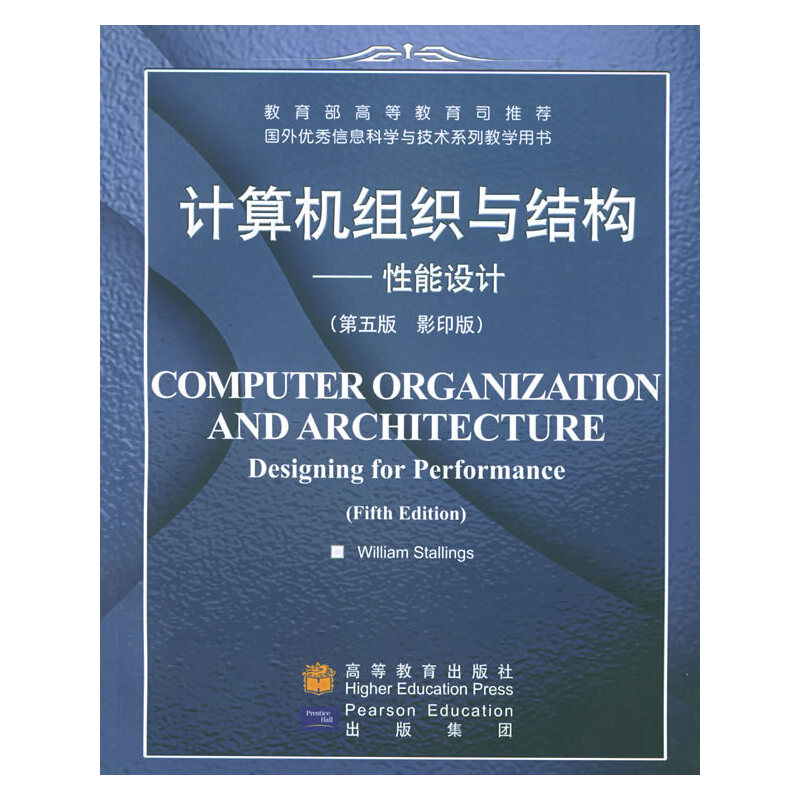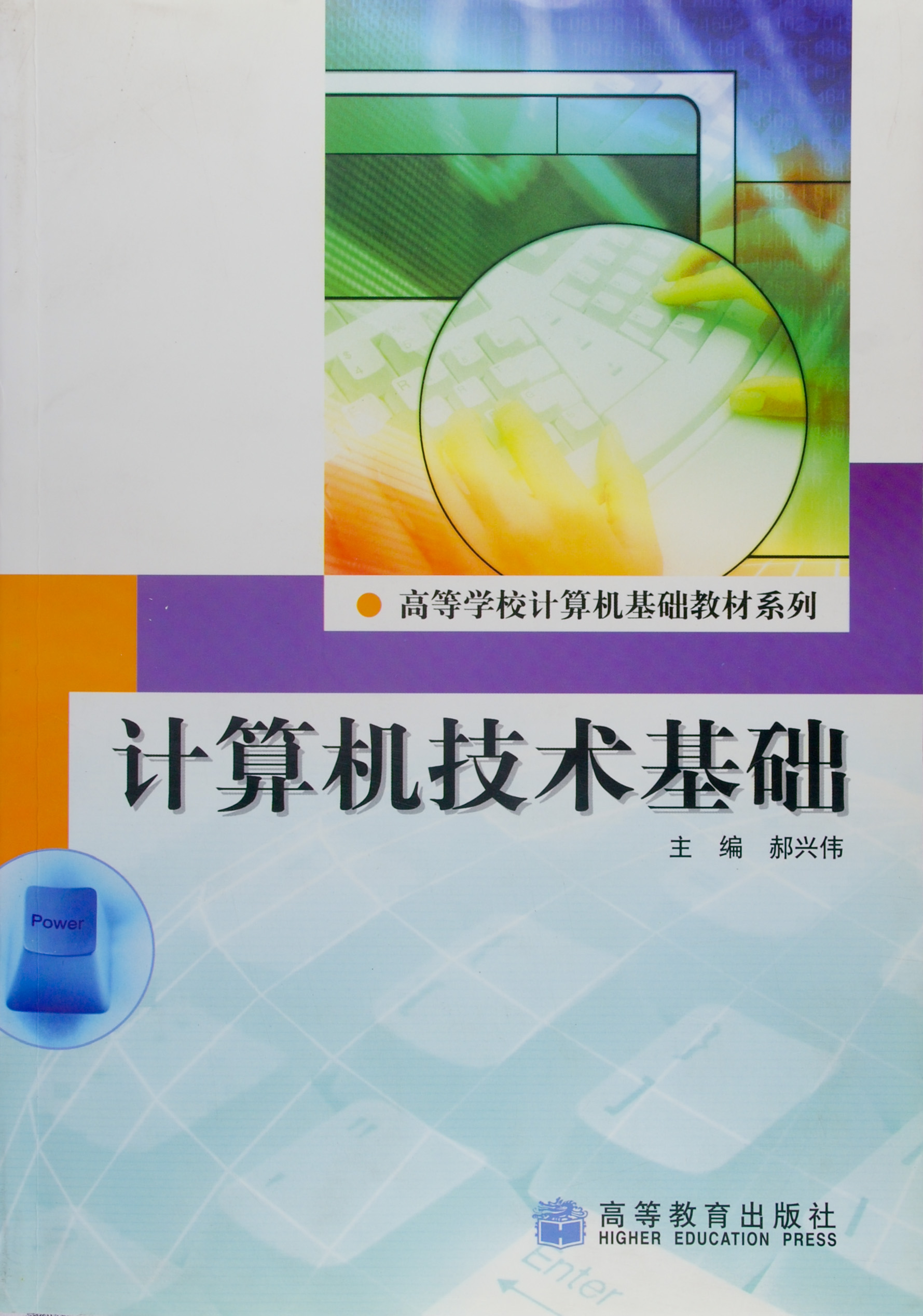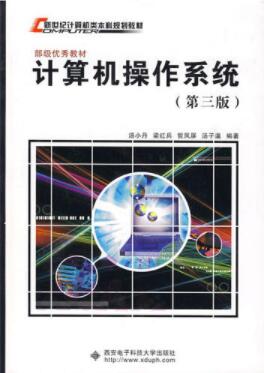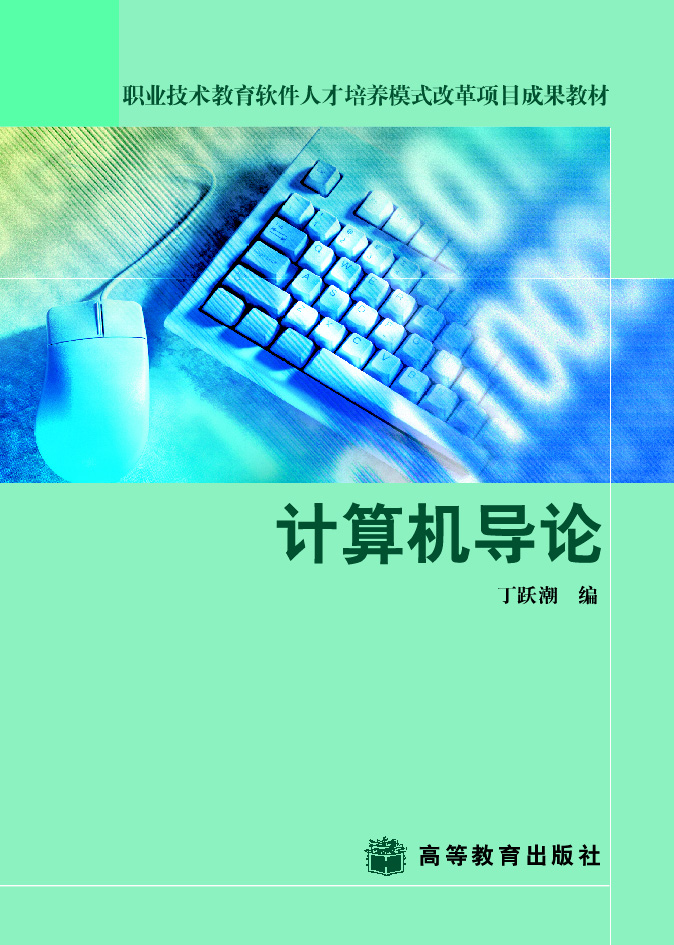计算机组织与结构——性能设计(第5版)(影印版)
¥41.00定价
作者: WILLIAM STALLINGS
出版时间:2001-07-15
出版社:高等教育出版社
- 高等教育出版社
- 9787040100976
- 1
- 252666
- 平装
- 16开
- 2001-07-15
- 1158
- 749
- 工学
- 计算机科学与技术
内容简介
本书较为全面地论述了计算机组织与结构的基础原理,所讲述的内容与当前的一些实际设计问题联系密切。全书共分五大部分,包括绪论、计算机系统、通用处理单元、控制单元以及并行组织,附录包括数字逻辑、教学指导,书末附有词汇表、索引页。另外,每章均列有参考文献与Web站点,方便读者查询相关资料。考虑到计算机层次化的组织结构,本书在内容组织上也采用了同样的方式:计算机系统→处理器→控制单元。这种方式符合人们通常的思维习惯,便于读者理解和学习。本书为第五版,作者William Stallings在前几版的基础上做了大量的优化和改进,并增加了许多新的内容,诸如光存储器、超标量设计、多媒体指令集、同步多处理器等,体现了计算机组织结构发展的*技术。 本书可作为电子、计算机专业本科和研究生的教材,也可供工程技术人员参考使用。
内容:1. 绪论(导言,计算机发展与性能)2. 计算机系统(系统总线,内部存储器,外部存储器,输入/输出系统,操作系统支持)3. 通用处理单元(计算机运算,指令集特性与功能,指令集编址模式,CPU结构与功能,精简指令集计算机,指令级并行与超标量处理机)4. 控制单元(控制单元操作,微程序控制)5. 并行组织(并行处理)附录A 数字逻辑 附录B 计算机组织与结构教学指导 词汇表 参考文献 索引
本书较为全面地论述了计算机组织与结构的基础原理,所讲述的内容与当前的一些实际设计问题联系密切。全书共分五大部分,包括绪论、计算机系统、通用处理单元、控制单元以及并行组织,附录包括数字逻辑、教学指导,书末附有词汇表、索引页。另外,每章均列有参考文献与Web站点,方便读者查询相关资料。考虑到计算机层次化的组织结构,本书在内容组织上也采用了同样的方式:计算机系统→处理器→控制单元。这种方式符合人们通常的思维习惯,便于读者理解和学习。本书为第五版,作者William Stallings在前几版的基础上做了大量的优化和改进,并增加了许多新的内容,诸如光存储器、超标量设计、多媒体指令集、同步多处理器等,体现了计算机组织结构发展的*技术。 本书可作为电子、计算机专业本科和研究生的教材,也可供工程技术人员参考使用。
内容:1. 绪论(导言,计算机发展与性能)2. 计算机系统(系统总线,内部存储器,外部存储器,输入/输出系统,操作系统支持)3. 通用处理单元(计算机运算,指令集特性与功能,指令集编址模式,CPU结构与功能,精简指令集计算机,指令级并行与超标量处理机)4. 控制单元(控制单元操作,微程序控制)5. 并行组织(并行处理)附录A 数字逻辑 附录B 计算机组织与结构教学指导 词汇表 参考文献 索引
作者简介:
William Stallings has made a uhique contribution to understanding the broad sweep of technical developments in computer networking and computer has authored17 titles,plus revised editions,for a total of 37 books on various of these has three times received the award for best Computer Science Textbook of the Year from the Text and Academic Authors Association.显示全部信息
内容:1. 绪论(导言,计算机发展与性能)2. 计算机系统(系统总线,内部存储器,外部存储器,输入/输出系统,操作系统支持)3. 通用处理单元(计算机运算,指令集特性与功能,指令集编址模式,CPU结构与功能,精简指令集计算机,指令级并行与超标量处理机)4. 控制单元(控制单元操作,微程序控制)5. 并行组织(并行处理)附录A 数字逻辑 附录B 计算机组织与结构教学指导 词汇表 参考文献 索引
本书较为全面地论述了计算机组织与结构的基础原理,所讲述的内容与当前的一些实际设计问题联系密切。全书共分五大部分,包括绪论、计算机系统、通用处理单元、控制单元以及并行组织,附录包括数字逻辑、教学指导,书末附有词汇表、索引页。另外,每章均列有参考文献与Web站点,方便读者查询相关资料。考虑到计算机层次化的组织结构,本书在内容组织上也采用了同样的方式:计算机系统→处理器→控制单元。这种方式符合人们通常的思维习惯,便于读者理解和学习。本书为第五版,作者William Stallings在前几版的基础上做了大量的优化和改进,并增加了许多新的内容,诸如光存储器、超标量设计、多媒体指令集、同步多处理器等,体现了计算机组织结构发展的*技术。 本书可作为电子、计算机专业本科和研究生的教材,也可供工程技术人员参考使用。
内容:1. 绪论(导言,计算机发展与性能)2. 计算机系统(系统总线,内部存储器,外部存储器,输入/输出系统,操作系统支持)3. 通用处理单元(计算机运算,指令集特性与功能,指令集编址模式,CPU结构与功能,精简指令集计算机,指令级并行与超标量处理机)4. 控制单元(控制单元操作,微程序控制)5. 并行组织(并行处理)附录A 数字逻辑 附录B 计算机组织与结构教学指导 词汇表 参考文献 索引
作者简介:
William Stallings has made a uhique contribution to understanding the broad sweep of technical developments in computer networking and computer has authored17 titles,plus revised editions,for a total of 37 books on various of these has three times received the award for best Computer Science Textbook of the Year from the Text and Academic Authors Association.显示全部信息
目录
Web SitePrefacePART1 OVERVIEWChapter 1 Introduction 1.1 Organization and Architecture 1.2 Structure and Function 1.3 Outline of the Book 1.4 Internet and Web ResourcesChapter 2 Computer Evolution and Performance 2.1 A Brief History of Computers 2.2 Designing for Performance 2.3 Pentium and PowerPC Evolution 2.4 Recommended Reading and Web Sites 2.5 ProblemsPART II THE COMPUTER SYSTEMChapter 3 System Buses 3.l Computer Components 3.2 Computer Function 3.3 Interconnection Structures 3.4 Bus interconnection 3.5 PCI 3.6 Recommended Reading and Web Sites 3.7 Problems Appendix 3A: Timing DiagramsChapter 4 Internal Memory 4.1 Computer Memory System Overview 4.2 Semiconductor Main Memory 4.3 Cache Memory 4.4 Pentium II and Power PC Cache Organizations 4.5 Advanced DRAM Organization 4.6 Recommended Reading and Web Sites 4.7 Problems Appendix 4A: Performance Characteristics of Two-Level MemoriesChapter 5 External Memory 5.1 Magnetic Disk 5.2 RAID 5.3 Optical Memory 5.4 Magnetic Tape 5.5 Recommended Reading and Web Sites 5.6 ProblemsChapter 6 Input/Output 6.1 External Devices 6.2 I/O Modules 6.3 Programmed I/O 6.4 Interrupt-Driven I/O 6.5 Direct Memory Access 6.6 I/O Channels and Processors 6.7 The External interface: SCSI and FireWire 6.8 Recommended Reading and Web Sites 6.9 ProblemsChapter 7 Operating System Support 7.1 Operating System Overview 7.2 Scheduling 7.3 Memory Management 7.4 Pentium II and Power PC Memory Management 7.5 Recommended Reading and Web Sites 7.6 ProblemsPART III THE CENTRAL PROCESSING UNITChapter 8 Computer ArithmeticChapter 9 Instruction Sets: Characteristics and FunctionsChapter 10 Instruction Sets: Addressing Modes and FormatsChapter 11 CPU Structure and FunctionChapter 12 Reduced instruction Set ComputersChapter 13 Instruction-Level Parallelism and Superscalar ProcessorsPART IV THE CONTROI UNITChapter 14 Control Unit OperationChapter 15 Microprogrammed ControlPART V PARALLEL ORGANIZATIONChapter 16 Parallel ProcessingAppendix A Digital LogicAppendix B Projects for Teaching Computer Organization and ArchitectureGlossaryReferencesIndex















